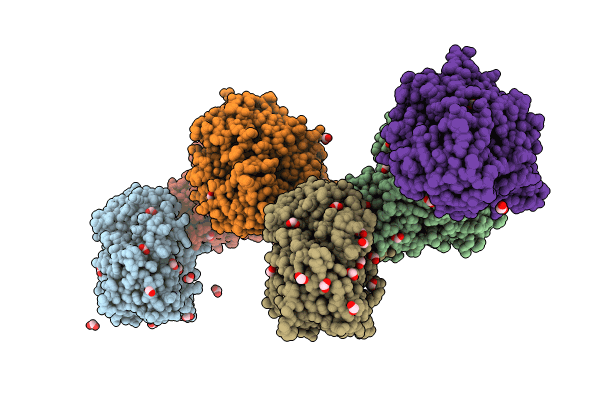
Deposition Date
2023-10-26
Release Date
2024-07-03
Last Version Date
2025-01-22
Entry Detail
PDB ID:
8QYI
Keywords:
Title:
OleP in complex with lithocholic acid in high salt crystallization conditions
Biological Source:
Source Organism:
Streptomyces antibioticus (Taxon ID: 1890)
Host Organism:
Method Details:
Experimental Method:
Resolution:
2.30 Å
R-Value Free:
0.22
R-Value Work:
0.17
R-Value Observed:
0.17
Space Group:
C 1 2 1


